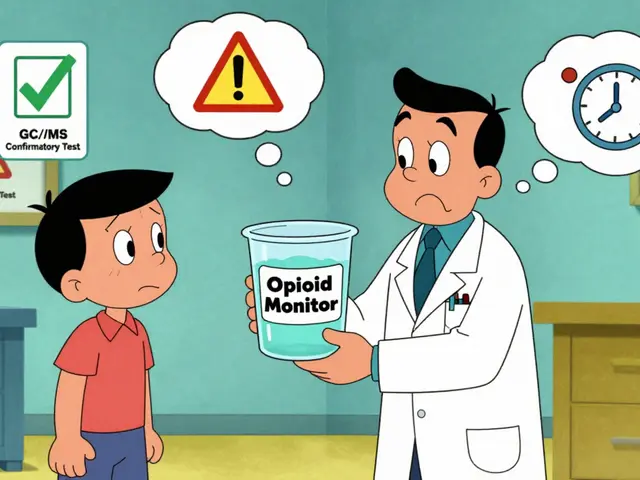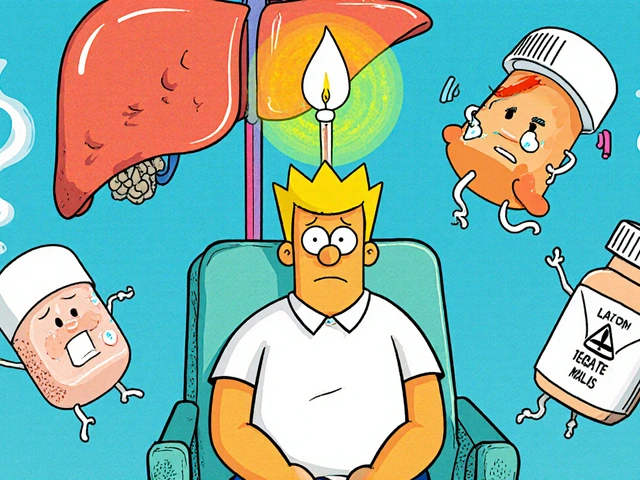Non-surgical hair restoration: practical options and what really works
If you are losing hair, non-surgical hair restoration offers real choices that don’t require scalp surgery. These treatments range from daily topicals and pills to in-office procedures like PRP and low-level laser therapy. Each option has pros, cons, costs, and realistic timelines. I’ll walk you through the most common methods, how fast they work, and what to expect.
Common treatments and how they perform
Topical minoxidil is the easiest starting point. Apply it once or twice daily. You may see slowed hair loss or small regrowth after 3 to 6 months. Results vary, and sticking with it is key: stopping often reverses gains.
Oral finasteride (1 mg) is another widely used option for men. It can reduce hair shedding and boost regrowth for many users within 3 to 12 months. Discuss potential side effects with a clinician before starting.
Platelet-rich plasma (PRP) uses your blood to stimulate follicles. Most clinics recommend 3 sessions one month apart, then maintenance every 6 to 12 months. Some people report thicker hair after 3 to 6 months.
Low-level laser therapy (LLLT) comes as in-clinic devices or home caps. Use typically three times a week. Many users notice improved hair density after 4 to 6 months when used consistently.
Microneedling combined with minoxidil or PRP can improve product absorption and stimulate scalp healing. Sessions every 4 to 6 weeks for several months are common.
Practical tips for choosing and combining treatments
Start with simple, low-risk options and give each a fair trial of about 4 to 6 months. If you want faster or stronger results, combine treatments—example: finasteride plus minoxidil and periodic PRP. Combining often yields better outcome than single therapy alone.
Expect costs to vary: over-the-counter minoxidil is affordable; finasteride is low cost by prescription; PRP sessions can range from $300 to $1,500 each depending on clinic; LLLT devices run from $200 to $2,000. Scalp micropigmentation, a cosmetic option that masks thinning, usually costs several hundred to a few thousand dollars for a full session.
Ask these questions before booking a clinic: What credentials and experience do you have? Can you show before-and-after photos for cases like mine? What is the full cost including follow-up? What realistic results can I expect?
Finally, manage expectations. Non-surgical methods often slow loss and improve density. Rarely do they fully restore a thick hairline the way a surgical transplant can. Maintenance is usually ongoing. Track photos every month so you can judge real progress.
Lifestyle steps matter too. Improve sleep, reduce stress, and avoid tight hairstyles that pull at follicles. Eat protein, iron, and vitamin D—these support hair growth but won’t reverse genetic loss alone. If you have sudden shedding, scalp pain, or patchy loss, see a dermatologist quickly. They can run simple blood tests and a scalp exam to rule out thyroid issues, iron deficiency, or alopecia areata. If budget is tight, prioritize proven daily treatments first before expensive procedures.
Give treatments time; document progress with photos and consider online forums for tips and support today.




